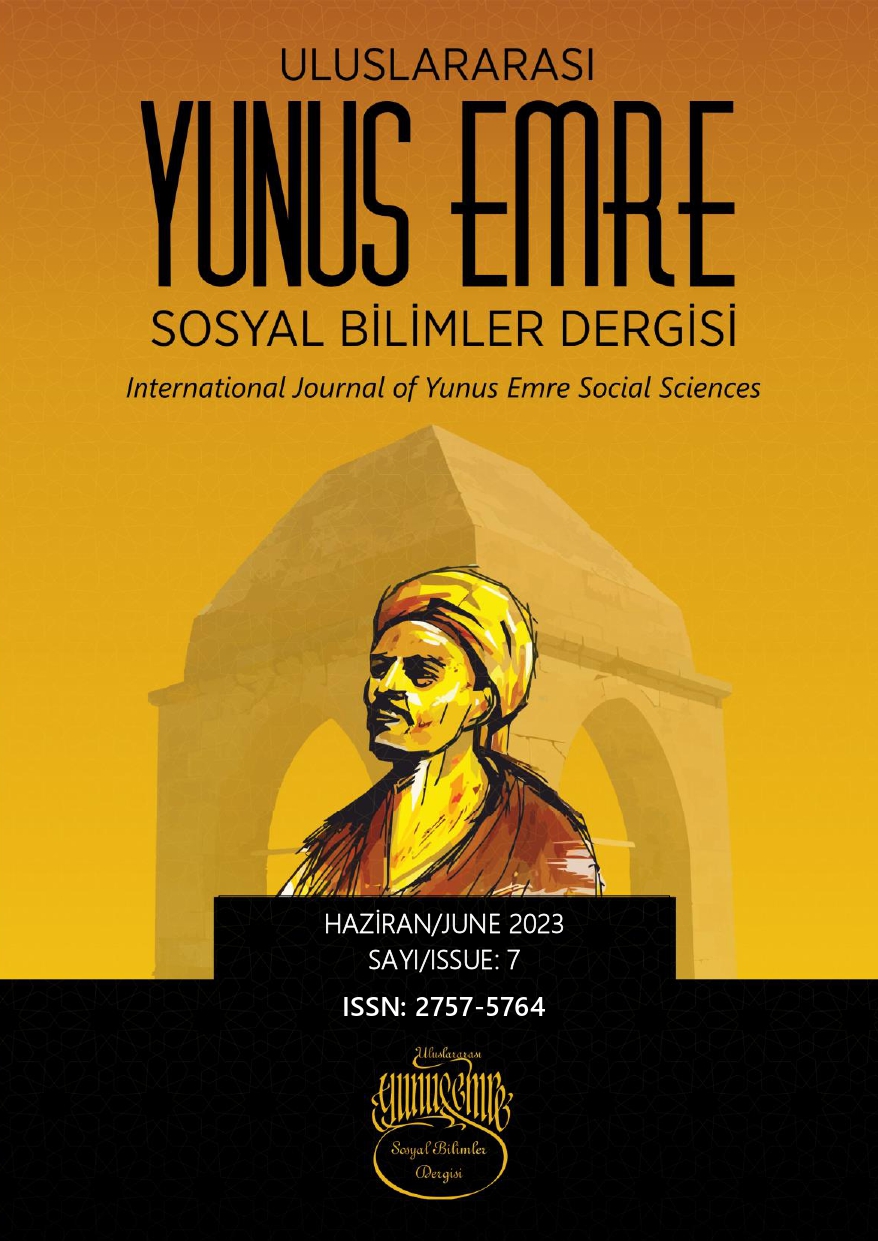Author :
Abstract
Geriye dönüp bakıldığı zaman Türkler, M.Ö. 3000’li yıllardan başlayan köklü bir tarihin kadim sahipleri olarak görülür. Türklerin çağdaşlarına nazaran üstün bir uygarlığa eriştikleri, tarih ve arkeoloji alanlarındaki çalışmalarla kanıtlanmıştır. Her insan topluluğunda olduğu gibi Türkler de tarih boyunca bulundukları coğrafyada, aynı ortamı paylaştıkları canlı/cansız unsurları içselleştirmiş, hayatlarına dolayısıyla da kültürlerine nakşetmiş ve kimliklerinin bir parçası haline getirmiştir. Kadim Türk yurdu Orta Asya (Türkistan) bozkırlarında yaşayan ve ekosistemde “süper avcı” olarak tanımlanan kurt, herhangi bir avcısı olmadığı için, bulunduğu ortamdaki en güçlü avcıdır. Dolayısı ile sosyal yaşam ve savaş meydanında adeta kurt gibi gözü pek, korkusuz ve güçlü olan Türk milletinin kendini kurt ile bağdaştırması kaçınılmazdır. Farklı coğrafyalarda büyük devletler kurmuş olan Türklerin kurt kültürünü de beraberinde götürdükleri görülmüştür. Hatta farklı medeniyetlerin ve inanışların etkisinde kalsalar bile kurt ile ilgili gelenek ve göreneklerini terk etmemişlerdir. Bu çalışmada sözlü ve yazılı kültürel geçmiş Kurt-Türk bağlamında irdelenerek Kurt mitosunun kökenlerine ışık tutmak amaçlanmıştır. Ayrıca kurt (böri-börü) adının Türk tarihinde özel ad, yer adları gibi kullanımlarına da yer verilmiştir.
Keywords
Abstract
In retrospect, the Turks are seen as the ancient owners of a deep rooted history starting from the 3000s B.C. It has been proven by studies in the fields of history and archeology that the Turks have attained a superior civilization compared to their contemporaries. As in every human community, Turks have internalized the living/non-living elements with which they shared the same environment throughout history in their geography, embroidered them into their lives and thus their cultures, and made them a part of their identities. The wolf, which lives in the steppes of the ancient Turkish homeland of Central Asia (Turkestan) and is defined as a "super hunter" in the ecosystem, is the strongest predator in its environment, since it does not have any predators. Therefore, it is inevitable for the Turkish nation, which is as brave, fearless and strong as a wolf, to associate itself with the wolf in social life and on the battlefield. It has been seen that the Turks, who established great states in different geographies, took the wolf culture with them. Even if they were under the influence of different civilizations and beliefs, they did not abandon their traditions and customs related to the wolf. In this study, it is aimed to shed light on the origins of the Wolf myth by examining the oral and written cultural history in the context of Wolf-Turk. In addition, the use of the name wolf (böri-börü) in Turkish history such as proper name and place names are also included.
